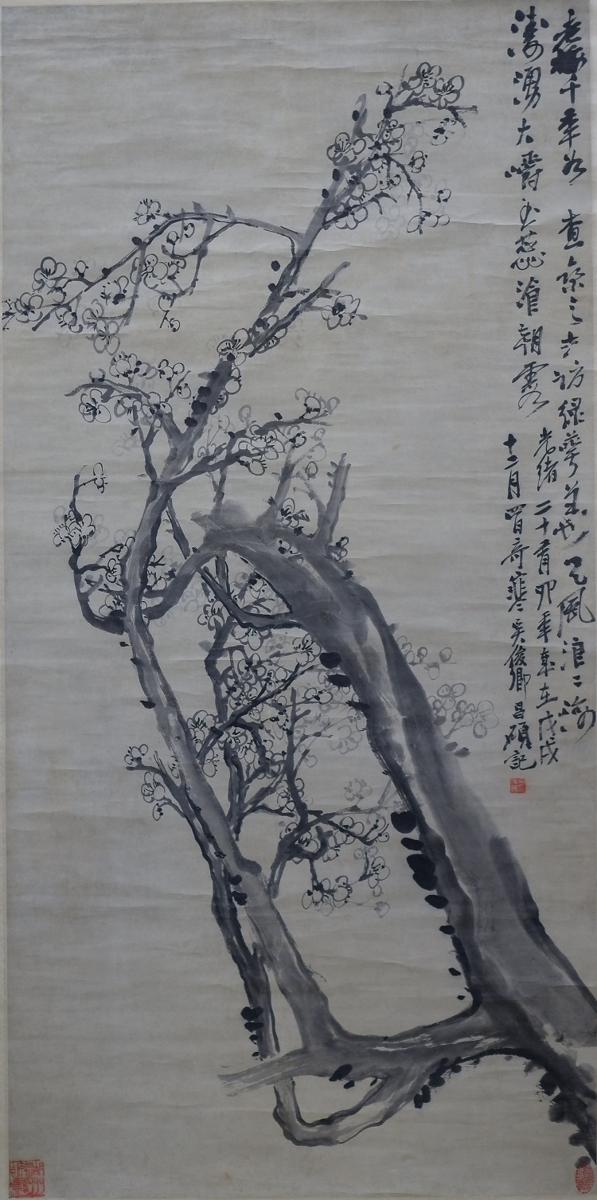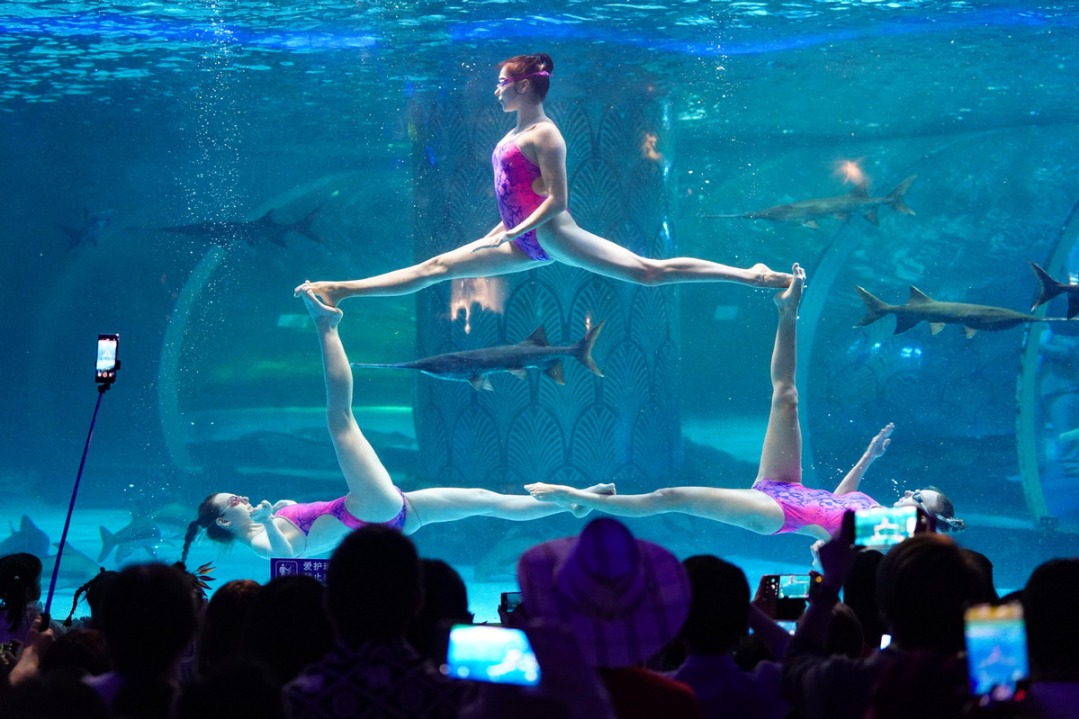Chinese painting biennial blends ancient wisdom with modernity


The Eighth Hangzhou Biennial of Chinese Painting opened on Tuesday at the Zhejiang Exhibition Hall in Hangzhou, Zhejiang province.
Themed Jigu Zhenjin, or "learning from antiquity to invigorate the present", this edition of the biennial brought together over 210 pieces of representative works from 40 artists around the country.
"This exhibition is a profound review and summary of the traditions through which it seeks to provide a solid foundation and direction for the innovation and breakthrough of contemporary Chinese painting," said Yu Xuhong, president of the China Academy of Art, at the opening ceremony.
Since its inception in 2011, the biennial has become one of the most influential academic exhibitions of Chinese painting, with inheritance and innovation as recurring motifs.
The exhibition features works by 40 artists, along with paintings by students from 17 Chinese art colleges. These student paintings are imitations of famous masterpieces.
"Chinese traditions are so vast that it is on their basis that we have become more confident and broad-minded," said Xu Jiang, vice-president of the China Federation of Literary and Art Circles.
The biennial will run until March 18.























